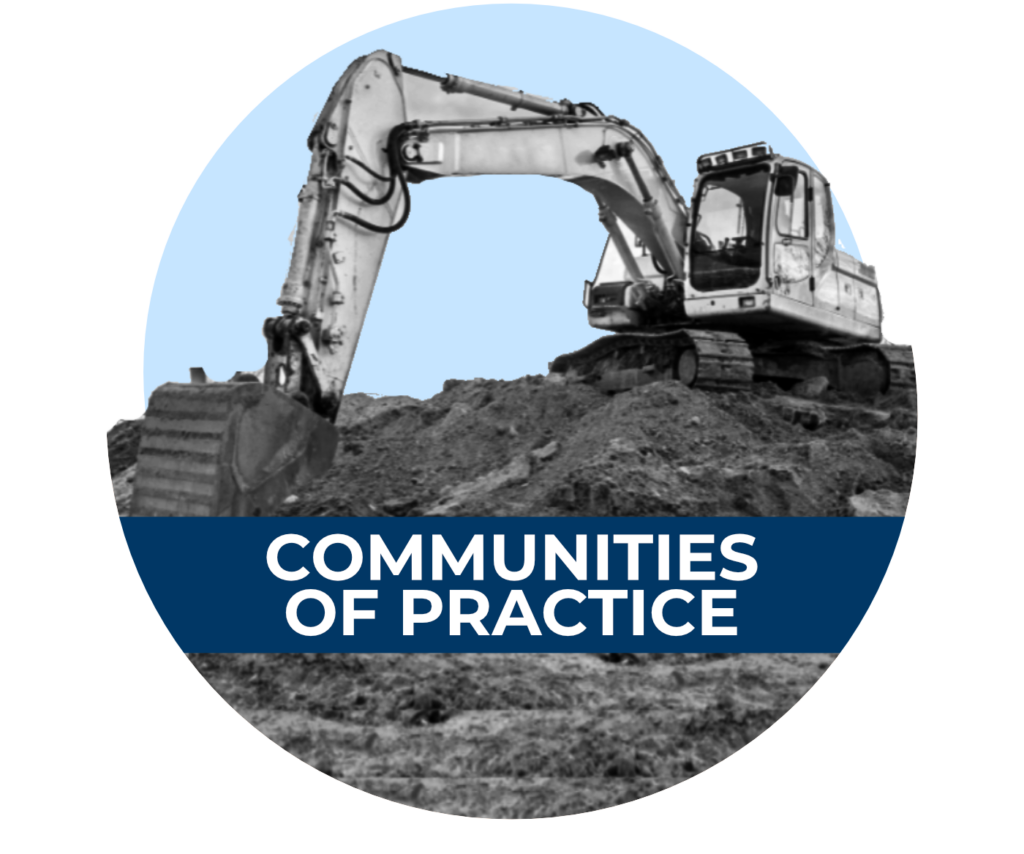This tool targets reducing overall project direct cost of redoing work. Supported by research, this tool targets the highest factors causing rework on a project by conducting project assessments at key points during the project. The resulting project rating helps identify areas of weakness that need to be addressed before the problem becomes a reality on the construction site. To support improvements in key weakness areas of the project this tool includes a database of best practices relevant to the specific problems on the project. Supporting documents have been merged together for easier printing, individual items may be found in the library. This best practice was developed in 2006 at the request of the Construction Performance Committee.
Rework Committee
Definition of Field Rework:
Total direct cost of redoing work in the field regardless of initiating cause or source.
Field Rework Reduction Committee Purpose:
- To Identify Causes of Field Rework
- To Develop Methodology for Measuring Field Rework
a) in an “industry-wide benchmarking process”
b) through “leading indicator analysis” - To Identify Best Practices to Eliminate the Causes of Field Rework
…with the Ultimate Goal of Eliminating Field Rework
Documents
- Project Rework Reduction Tool – software
- Construction Execution Plan Checklist
- E and R Checklist
- Field Rework Data Collection System
- Measuring and Classifying Construction Rework
- Measuring and Classifying Construction Rework – Appendix
- Measuring and Classifying Construction Rework – Executive Summary
- Execution Plan Checklist
- Leadership Communication Checklist
- Engineering Checklist
- Leadership Communication Checklist
- PRRT Presentation




